

COURTESY GRAPHIC
When people react with the world, they rely on sight more than any other sense. Nearly 80 percent of the information people obtain about their environment is registered through vision. When sight is compromised, so is perception of that environment.
The providers at Florida Eye Specialists & Cataract Institute treat the full scope of vision disorders to restore their patients’ conduit to the world. The staff includes David Sabin, OD, an optometrist specializing in primary care and ocular disease at the institute’s South Tampa Eye Clinic.
“I provide comprehensive eye care for patients 10 and older,” Dr. Sabin expounds. “I see a variety of patients, from those who present with acute issues, such as eye infections or foreign bodies in their eyes, to those who need their yearly routine care. I also follow patients with chronic conditions, such as macular degeneration and glaucoma, and manage their ongoing eye health.”
Dry and Wet ARMD
Macular degeneration is a disease that affects the retina, the light-sensitive tissue at the back of the eye. The retina converts light rays into electrical signals and sends those signals to the brain, which interprets them as images.
The condition is usually diagnosed in people 50 and older and is therefore referred to as age-related macular degeneration (ARMD or AMD).
People with a family history of ARMD have a higher risk of developing the condition as do those who smoke, are obese or have poor cardiovascular health.
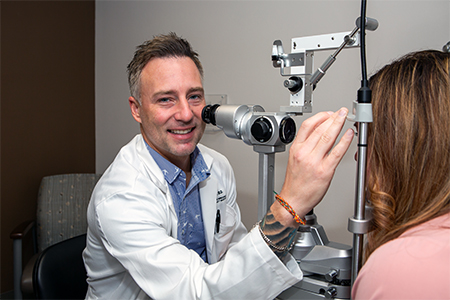

JORDAN PYSZ / iFoundMyDoctor.com
Dr. Sabin is an optometrist specializing in primary care and ocular disease in patients 10 and older. He treats a variety of acute issues, including dry age-related macular degeneration, at the institute’s South Tampa location.
There are two types of ARMD: dry and wet. Dry is more common, but, over time, it can progress to wet. Both affect central vision and can lead to the loss of sight.
Dry ARMD involves degenerative changes to the macula, which is the center portion of the retina. The macula controls central, detailed vision.
Dr. Sabin typically follows patients with dry macular degeneration on a six- to 12-month basis, depending on the severity of the signs and symptoms, the most common of which is blurred or distorted central vision.
“Typically, I recommend that patients with signs of dry ARMD begin taking specially formulated vitamins, such as Ocuvite® or PreserVision®,” Dr. Sabin says. “These vitamin formulations have been shown in clinical studies to help reduce the risk of progression to advanced macular degeneration. A healthy, balanced diet and protection from ultraviolet rays can also help lower the risk.”
Dr. Sabin also asks ARMD patients to monitor their vision using an Amsler grid, a chart of horizontal and vertical lines. If the lines look wavy or distorted, or if sections appear to be missing, it may indicate changes in central vision and progression of the disease.
“During regular patient visits, we perform fully dilated eye exams, which enable us to evaluate and monitor the retina and macula,” Dr. Sabin relates. “We also use an imaging technique called optical coherence tomography, or OCT, which scans the layers of the macula and allows us to visualize any changes due to macular degeneration.”
Among the ARMD signs Dr. Sabin looks for are small, yellowish deposits of cellular debris called drusen that accumulate under the retina.
“The presence of drusen is a classic sign of dry ARMD,” Dr. Sabin maintains. “Drusen can also be present in the wet form.”
Wet ARMD, the more severe type, develops from a swelling and leaking of fluid in the macula from incompetent blood vessels that grow within the retina. Early detection is vital to avoid vision loss.
Dr. Sabin usually refers patients who develop wet ARMD to retina specialist Nandesh N. Patel, MD, FACS, at the South Tampa Eye Clinic.
“As a rule, I don’t treat patients with wet ARMD,” Dr. Sabin notes. “Wet ARMD is generally treated with medication injections that can help slow its progression and resolve the leaking from the abnormal blood vessels.”
Diabetic Retinopathy
Dr. Patel also treats adults with diabetic retinopathy and other retina disorders.
Diabetic retinopathy is the most common eye disease associated with diabetes and a leading cause of treatable vision loss. High blood sugar causes abnormalities in the retinal blood vessels that may slowly decrease the quality of vision or cause sudden vision loss.


JORDAN PYSZ / iFoundMyDoctor.com
Dr. Patel treats patients with wet ARMD, diabetic retinopathy and other retina issues at the South Tampa clinic.
“The vast majority of patients who follow up as recommended can avoid losing vision from diabetic retinopathy,” Dr. Patel stresses. “We are very fortunate that advances in technology have allowed us to maintain and improve vision in working-age adults who suffer with diabetes.”
The disease is categorized as either proliferative or nonproliferative.
“The nonproliferative is an early stage characterized by small outpouchings of normal blood vessels called microaneurysms and tiny areas of bleeding within the retina,” Dr. Patel explains. “These retinal changes may progress to a much more serious type that, if left untreated, may cause permanent vision loss. We routinely monitor these patients to make sure that if worsening occurs we can treat it before the patient loses vision.”
The most severe form is proliferative. People with this condition have a 50 percent chance of losing their vision, but Dr. Patel notes that significant advances allow specialists to restore vision and prevent vision loss in most cases.
“Some patients may develop leaky blood vessels that decrease vision, a condition called macular edema,” Dr. Patel notes. “There are a number of well-established and new treatments available to restore vision in patients who develop this condition.”
Cataract Surgery
According to the American Academy of Ophthalmology, more than 24.4 million Americans 40 and older are affected by cataracts, which occur when proteins clump together and cloud the lens.
“Cataracts are a natural part of the aging process,” explains Dilip “Dr. Samy” Rathinasamy, MD, a board-certified ophthalmologist and cataract surgeon at the institute’s South Tampa location. “They typically begin to develop when a person is in their late 50s and progress from there. With cataracts, the lens that used to be crystal clear naturally turns hazy over time.
“A hazy lens can cause decreased vision, and also increased glare and halos while driving at night. It can also cause difficulty with activities such as reading and watching television. There’s no treatment other than surgically removing the cloudy lens and replacing it with an artificial intraocular lens, or IOL.”
There are many types of IOLs. The standard is a monofocal lens, which typically provides patients with generally excellent vision, except at near or reading distances.
However, monofocal IOLs do not treat astigmatism, which is an irregular curvature in the cornea, which is the eye’s transparent front cover.
“There are special lenses, called toric lenses, that treat astigmatism only,” Dr. Samy notes. “And there are multifocal IOLs that can do both.”
Multifocal IOLs correct all vision ranges— near, intermediate and distance — and can reduce or eliminate the need for glasses. The main drawback is multifocal lenses sometimes produce visual disturbances, such as rings and halos around lights at night. Recently, a new type of multifocal lens came on the market, the Alcon AcrySof® IQ Vivity®.
“The Vivity is a new generation that we refer to as an extended depth-of-focus lens,” Dr. Samy explains. “It uses innovative technology that bends light rays entering the eye, allowing light to focus properly on the retina.
“The Vivity corrects blurriness and gives patients clear distance, near and intermediate vision, and often eliminates the need for glasses. The biggest advantage is that the Vivity has a significantly lower risk of nighttime visual side effects compared to other multifocal technologies.”
Eyelids and Appearances
The look of the eyes and face says a lot about a person, which is why it’s essential that people take special care of these areas. When age, genetics or sun exposure affect the eyes and face, fellowship-trained oculoplastic surgeon Robert J. Applebaum, MD, MBA, goes to work at the institute’s South Tampa Eye Clinic.
Dr. Applebaum uses his skills to perform a variety of cosmetic and functional procedures on the face and eyes. One such procedure is blepharoplasty.
“Blepharoplasty is a surgical procedure that involves removing excess eyelid tissue, which can make people look tired, sad or even mean upon first impression,” according to Dr. Applebaum. “Blepharoplasty can be done on both the upper and lower eyelids, and it can make a dramatic difference in the appearance of the face.
“During upper blepharoplasty, excess skin is removed from the upper eyelids, which can droop due to muscle weakness. The repairs I perform help functionally because the excess tissue can get in the way of vision and endanger the patient. It can also cause headaches and other problems.
“I also perform blepharoplasties for cosmetic purposes, such as when people are unhappy with the appearance of their lids. These surgeries can significantly improve the look of their eyes.”
The lower lids can project a poor first impression as well, Dr Applebaum relates.
“Most people are born with five bags of fat around the eye to protect it and hold it in the socket,” the doctor educates. “However, with aging, that fat can come forward and appear as puffiness under the eye. Lower blepharoplasty can diminish the look of tiredness and aging by decreasing excess fat and skin beneath the eyes.”
Dr. Applebaum performs other surgical procedures, including reconstructions following skin cancer removal, endoscopic eyebrow and forehead lifts, tear duct surgery, earlobe reconstructions and correction of eyelid malposition.
Children’s Eye Care
Michael A. Lopez, MD, is a pediatric ophthalmologist at the South Tampa location. He treats newborns, infants, toddlers, preteens and teenagers.
“We recommend that children have their first routine eye exam during the first year of life,” Dr. Lopez states. “Many ocular conditions show no signs of being present and can be addressed when diagnosed early. Follow-up exams should take place at two-year intervals.”
Common conditions in childhood and adolescence are myopia (nearsightedness), hyperopia (farsightedness) and astigmatism. These are refractive errors – vision problems caused by the eye’s inability to properly focus light on the retina to form clear images.
“Children who are farsighted can clearly see objects in the distance but have difficulty seeing objects up close,” Dr. Lopez describes. “Those who are nearsighted have the opposite problem; nearby objects are clearly visible, but faraway objects are out of focus. Nearsightedness, farsightedness and astigmatism can easily be corrected with prescription eyeglasses.”
Dr. Lopez treats other routine conditions, including infections, blocked tear ducts, styes, chronic tearing and any problem caused by foreign bodies children may get in their eyes. Two of the more common ailments are amblyopia and strabismus.
“Amblyopia, or lazy eye, occurs when one eye is deprived of clarity of vision for any reason, prior to age 9,” Dr. Lopez explains. “This could be due to uneven astigmatism or farsightedness. It can be caused by a deviating or misaligned eye (strabismus) or a cataract.
“Amblyopia is typically treated by providing the best vision possible in the problem eye and patching the other eye.”
With strabismus, the eyes cross toward each other (esotropia) or deviate away from each other (exotropia). Strabismus is treated with glasses, surgery or both.
Dr. Lopez understands that children may be frightened when visiting an eye doctor for an examination. To ease fears, Dr. Lopez and his staff create a calming environment where children can feel secure and unthreatened.
“When I see patients at the South Tampa clinic, the office is transformed into a child-friendly oasis,” Dr. Lopez describes. “The environment and the personnel are all dedicated to the needs of children. In the waiting area, there are children’s videos playing and there is a playroom for the children to enjoy.”
Corneal Transplants
Chris Donovan, MD, is a fellowship-trained corneal specialist at the South Tampa clinic. His primary interest is the treatment of conditions affecting the cornea. He performs a range of corrective procedures, including corneal surgery, refractive surgery and cataract surgery.
“The field of corneal transplantation has significantly advanced over the past few years,” Dr. Donovan reports. “One of my favorite surgeries to perform is DMEK (Descemet membrane endothelial keratoplasty), a newer, more advanced type of corneal transplant.”
The cornea is made up of five layers, and during a traditional transplant, the entire cornea is removed and replaced with donor tissue. With the newer surgical techniques, including DMEK, surgeons can select and replace only the diseased layers.
During DMEK, the surgeon removes and replaces two very thin layers of the cornea: the endothelium, the inner surface made of cells designed to drain excess fluid, and the Descemet membrane, a strong sheet of tissue behind the endothelium.
“Techniques such as DMEK, which transplant only a portion of the cornea, provide patients with much better vision than can be achieved by replacing the entire cornea,” Dr. Donovan asserts. “And because patients are keeping most of their own cornea and only receiving a small piece of donor tissue, there is less chance for rejection.”
Dr. Donovan also performs keratoprosthesis, which is the replacement of the entire cornea with an artificial cornea. This may be an option for patients who are not candidates for a tissue transplant.
“Corneal transplants are the most frequently performed transplants in the world,” Dr. Donovan states, “so advances such as DMEK and artificial corneas are really exciting.”
Pressure of Glaucoma
As the second leading cause of blindness in the US, glaucoma is a serious threat to vision.
Glaucoma is the degeneration of optic nerve fibers, which send signals to the brain and enables vision to occur. The disease is associated with elevated pressure on the optic nerve produced by intraocular fluid that the eye cannot drain.
Glaucoma has no obvious symptoms in its early stages, according to Deen G. King, MD, a glaucoma specialist practicing at the institute’s South Tampa office. But as the disease progresses, the doctor warns, blind spots may develop in the peripheral vision.
This often goes unnoticed until the disease is advanced and damage to the optic nerve has become severe. Without treatment, this loss of vision can progress to blindness.
“It is estimated that about 4 million people have glaucoma, half of whom do not know they have it,” Dr. King reports. “Unfortunately, there is no cure. Once we catch glaucoma, we can control it. The earlier we catch it, the easier it is to control.
“When we catch glaucoma early, it is often the case that the patient will never have a problem with their vision. What we try to do is prevent a problem, so our treatments are geared toward reducing pressure within the eye. This reduction has been proven to slow down or halt the progression of glaucoma.”
Dr. King points out that for patients with mild glaucoma, the use of medicated eyedrops or a laser treatment to lower eye pressure may be all that’s needed to keep the disease under control.
“In more advanced stages, patients may require a procedure called surgical trabeculectomy to rechannel the eye’s drainage passages and improve the flow of excess eye fluid,” Dr. King says. “This lowers eye pressure.”
Because glaucoma in its early stages has no symptoms, people with the disease often don’t seek medical attention until some vision loss has begun.
“We encourage screening for glaucoma as part of our routine exams, which every patient should have at least every year or two,” Dr. King observes. “Tests for glaucoma are done for every patient and include measuring eye pressure and analyzing the optic nerve.






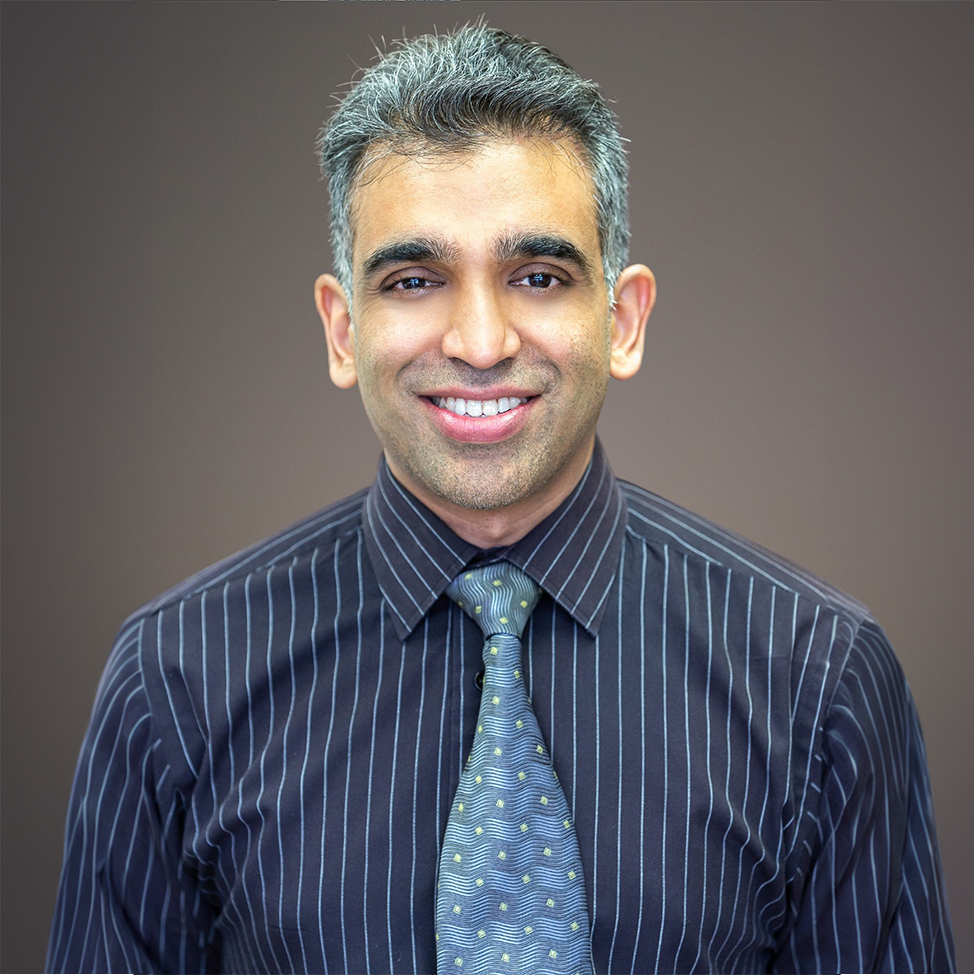

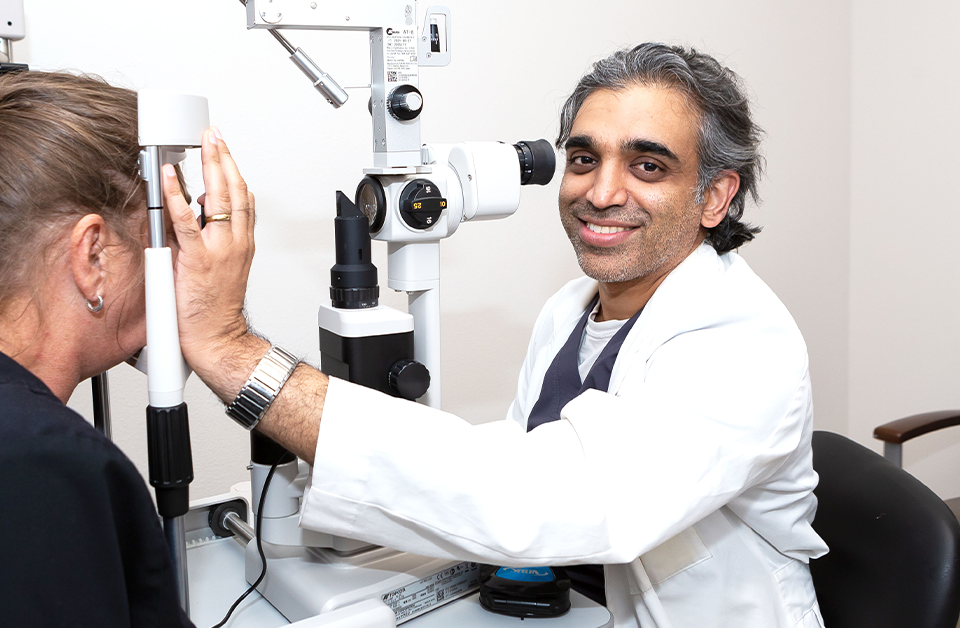
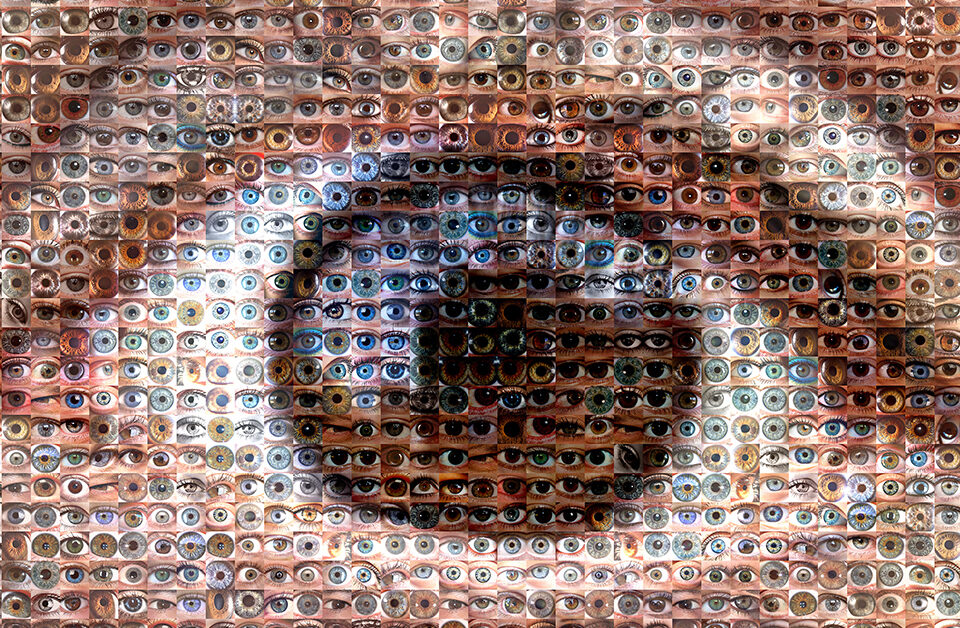

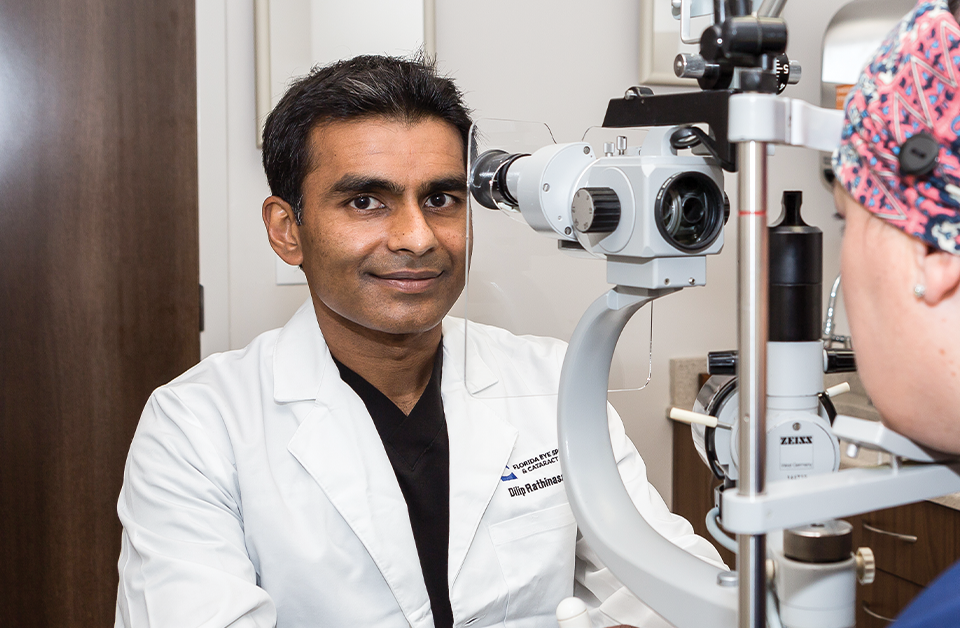
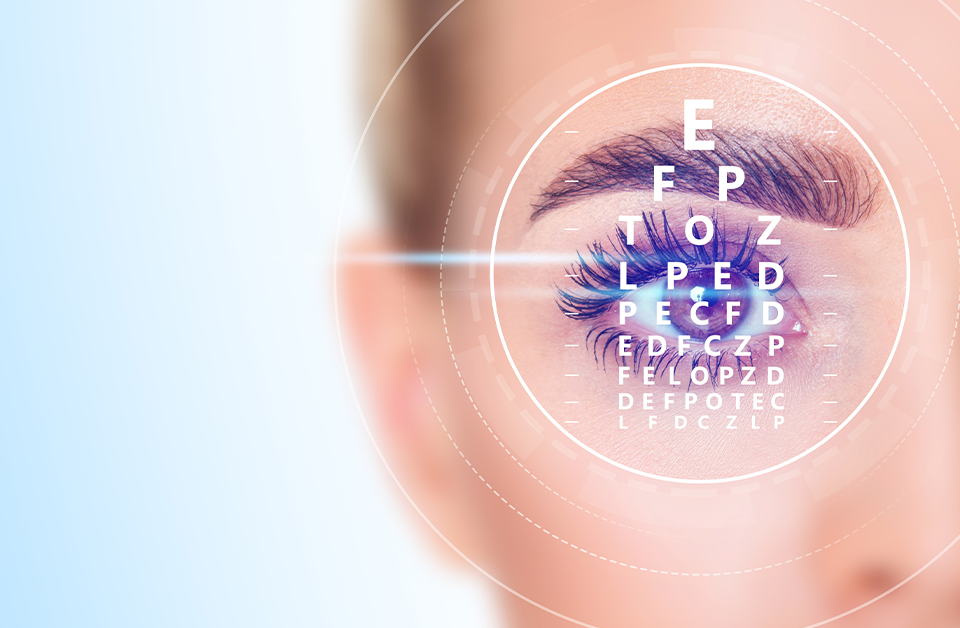
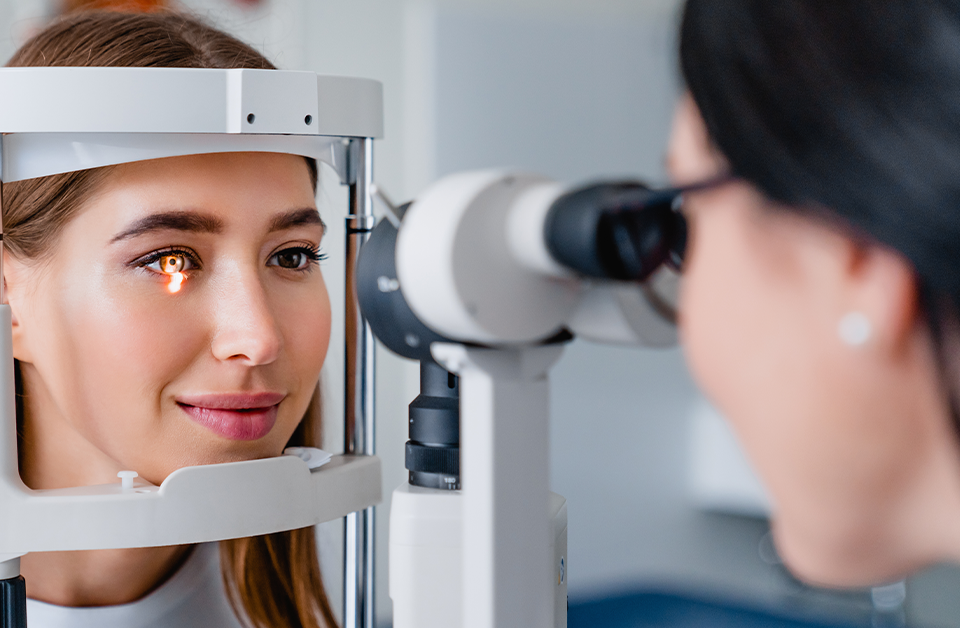
Leave a Reply